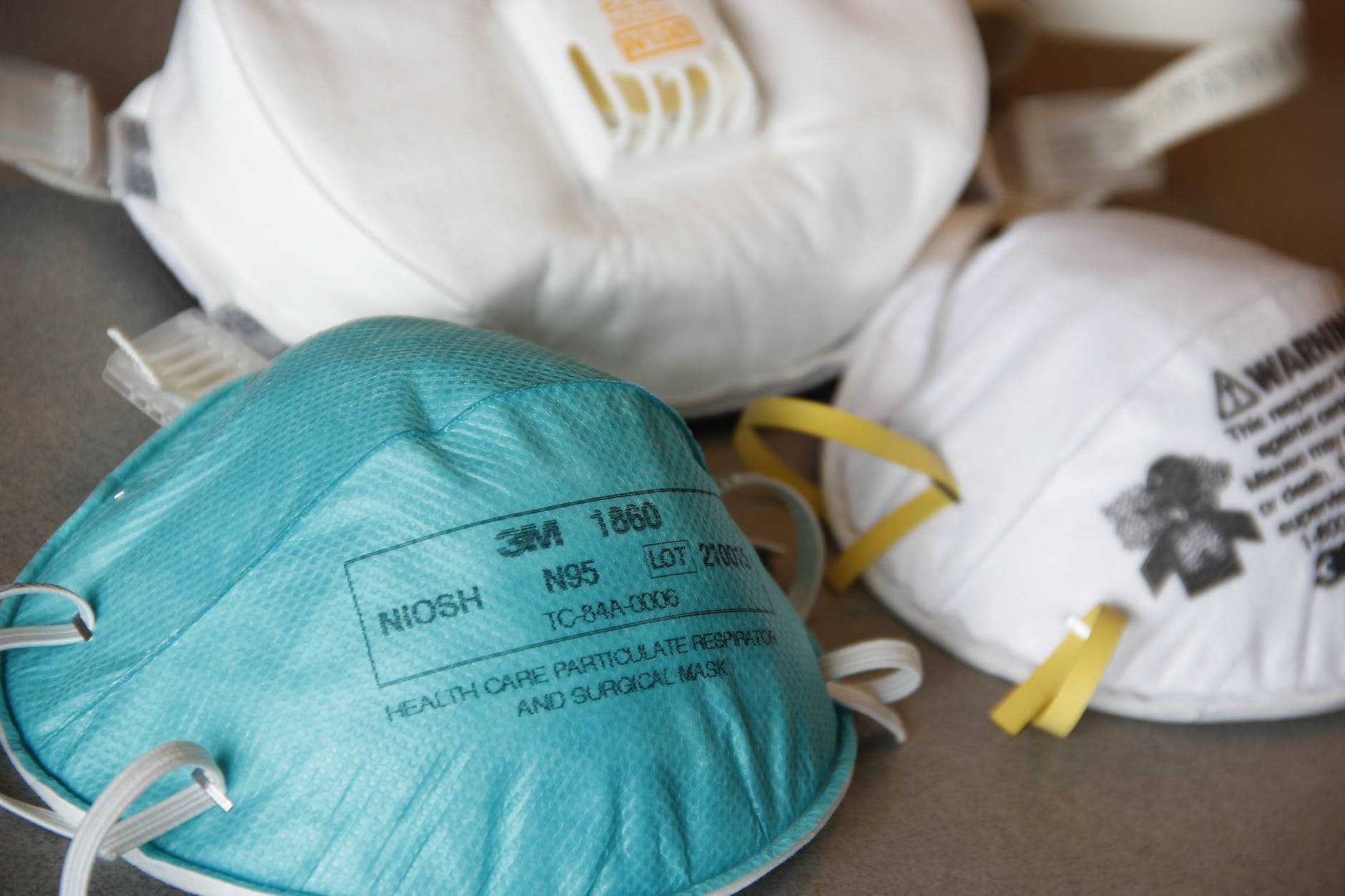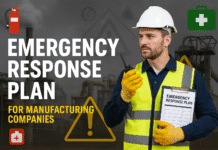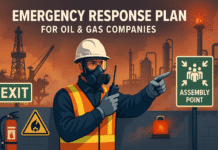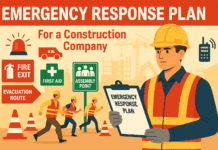
Personal Protective Equipment (PPE): Your Comprehensive Guide
Personal Protective Equipment (PPE) is an indispensable component of safety protocols across various industries. Whether in healthcare, construction, or daily activities, PPE serves as a barrier between individuals and potential hazards. This guide offers an in-depth exploration of PPE, its types, significance, and proper usage.
1. Introduction to Personal Protective Equipment (PPE)
PPE encompasses specialized gear designed to safeguard individuals from diverse risks in their environments. From construction sites to laboratories, its primary purpose is injury prevention.
2. Types of Personal Protective Equipment
– Head Protection
Head injuries are severe, making helmets and hard hats crucial in industries where falling objects and impact pose risks.
– Eye and Face Protection
Safety goggles, face shields, and glasses shield against debris, chemicals, and irritants, ensuring clear vision.
– Respiratory Protection
Masks and respirators filter airborne particles and gases, imperative in environments with dust, fumes, or infections.
– Hand Protection
Gloves shield against chemicals, heat, and abrasions, critical for those working with hazardous substances.
– Footwear and Leg Protection
Safety footwear and leg coverings safeguard against punctures, falls, and chemical exposure in industries like construction.
– Body Protection
Full-body suits and vests protect against hazardous materials and biohazards, essential in chemical spills or radioactive environments.
– Hearing Protection
Earplugs and earmuffs prevent noise-induced hearing loss, vital in industries with loud machinery.
3. Selecting the Right PPE for Different Situations
– Factors for Choosing PPE
Selecting appropriate PPE involves assessing hazards, required protection levels, comfort, and compatibility.
– PPE for Healthcare Professionals
Healthcare workers require gloves, masks, gowns, and eye protection to prevent infections, crucial in the COVID-19 pandemic.
– PPE for Industrial Workers
Industries with machinery and chemicals necessitate proper PPE to mitigate risks, emphasizing training and consistent usage.
– PPE for Everyday Activities
Safety glasses, gloves, and protective gear are necessary for tasks like gardening and home repairs.
4. Proper Usage and Maintenance of PPE
– Correctly Putting on PPE
Proper donning of PPE is vital; incorrect usage can compromise effectiveness and safety.
– Ensuring a Proper Fit
Well-fitting PPE ensures comfort and protection, reducing the risk of exposure.
– Caring for Your PPE
Regular maintenance and proper storage are essential for longevity and continued effectiveness.
5. The Significance of PPE in Various Industries
– PPE in Construction
Construction sites pose various risks, and PPE like helmets and safety boots are fundamental for worker safety.
– PPE in Healthcare
Healthcare workers rely on PPE to prevent infections, safeguarding both medical professionals and patients.
– PPE in Laboratories
Laboratory workers need PPE like gloves, lab coats, and goggles to prevent exposure to chemicals and pathogens.
6. Training and Education on PPE
– Importance of PPE Training
Proper training on PPE usage is crucial to ensure effective protection and compliance.
– Promoting PPE Awareness
Regular communication and reminders enhance a culture of safety, emphasizing the importance of PPE.
7. The Future of PPE: Technological Advancements
– Smart PPE for Enhanced Safety
Smart PPE with sensors can monitor vital signs and environmental conditions in real-time.
– Integration of IoT in PPE
The Internet of Things (IoT) is transforming PPE with data collection and analysis capabilities.
8. Conclusion
Personal Protective Equipment is an essential tool in ensuring safety across various sectors. By understanding its types, proper usage, and maintenance, individuals can navigate hazardous environments confidently. As technology advances, PPE continues to evolve, promising even greater levels of protection.
FAQs About Personal Protective Equipment (PPE)
- Why is PPE important in healthcare settings? PPE prevents infections and safeguards both healthcare workers and patients.
- Can disposable PPE be reused? Disposable PPE is designed for single-use to maintain its effectiveness.
- What is the employer’s role in providing PPE? Employers must supply PPE, offer training, and ensure a safe workplace.
- Do PPE requirements vary across industries? Yes, industries have specific hazards, requiring tailored PPE.
- How can technology enhance PPE effectiveness? Technology enables smart PPE and data-driven safety enhancements.
























